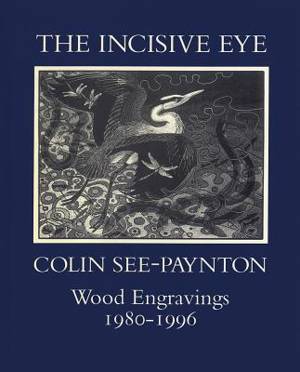
Je cadeautjes zeker op tijd in huis hebben voor de feestdagen? Kom langs in onze winkels en vind het perfecte geschenk!
- Afhalen na 1 uur in een winkel met voorraad
- Gratis thuislevering in België vanaf € 30
- Ruim aanbod met 7 miljoen producten
Je cadeautjes zeker op tijd in huis hebben voor de feestdagen? Kom langs in onze winkels en vind het perfecte geschenk!
- Afhalen na 1 uur in een winkel met voorraad
- Gratis thuislevering in België vanaf € 30
- Ruim aanbod met 7 miljoen producten
Zoeken
Omschrijving
Colin See-Paynton has brought a new vitality to one of the earliest forms of printmaking. Although his work is based on the meticulous observation of the natural world, his talent is to invent compositions which distil the ecological and behavioural relationships of the species in their habitats. He uses his knowledge and imagination to construct engravings of great complexity and refinement and has evolved something new by the patterning and layering of his images. Later compositions, particularly those from an underwater viewpoint, use an increasingly abstract and fluid line to capture the fast and fleeting movements of birds and fish.The Incisive Eye reproduces and catalogues over 150 prints, with over 20 prints reproduced as close as possible to their actual size. The foreword is by Kyffin Williams RA., and the introduction by David Alston. In a technical essay, Colin See-Paynton describes the transition from field sketch to finished print. The essay is illustrated with photographs, by Vince Bevan, of the
Specificaties
Betrokkenen
- Auteur(s):
- Uitgeverij:
Inhoud
- Aantal bladzijden:
- 96
- Taal:
- Engels
- Reeks:
Eigenschappen
- Productcode (EAN):
- 9781859283059
- Verschijningsdatum:
- 1/06/1996
- Uitvoering:
- Hardcover
- Formaat:
- Genaaid
- Afmetingen:
- 286 mm x 229 mm
- Gewicht:
- 1120 g

Alleen bij Standaard Boekhandel
+ 2081 punten op je klantenkaart van Standaard Boekhandel
Beoordelingen
We publiceren alleen reviews die voldoen aan de voorwaarden voor reviews. Bekijk onze voorwaarden voor reviews.









